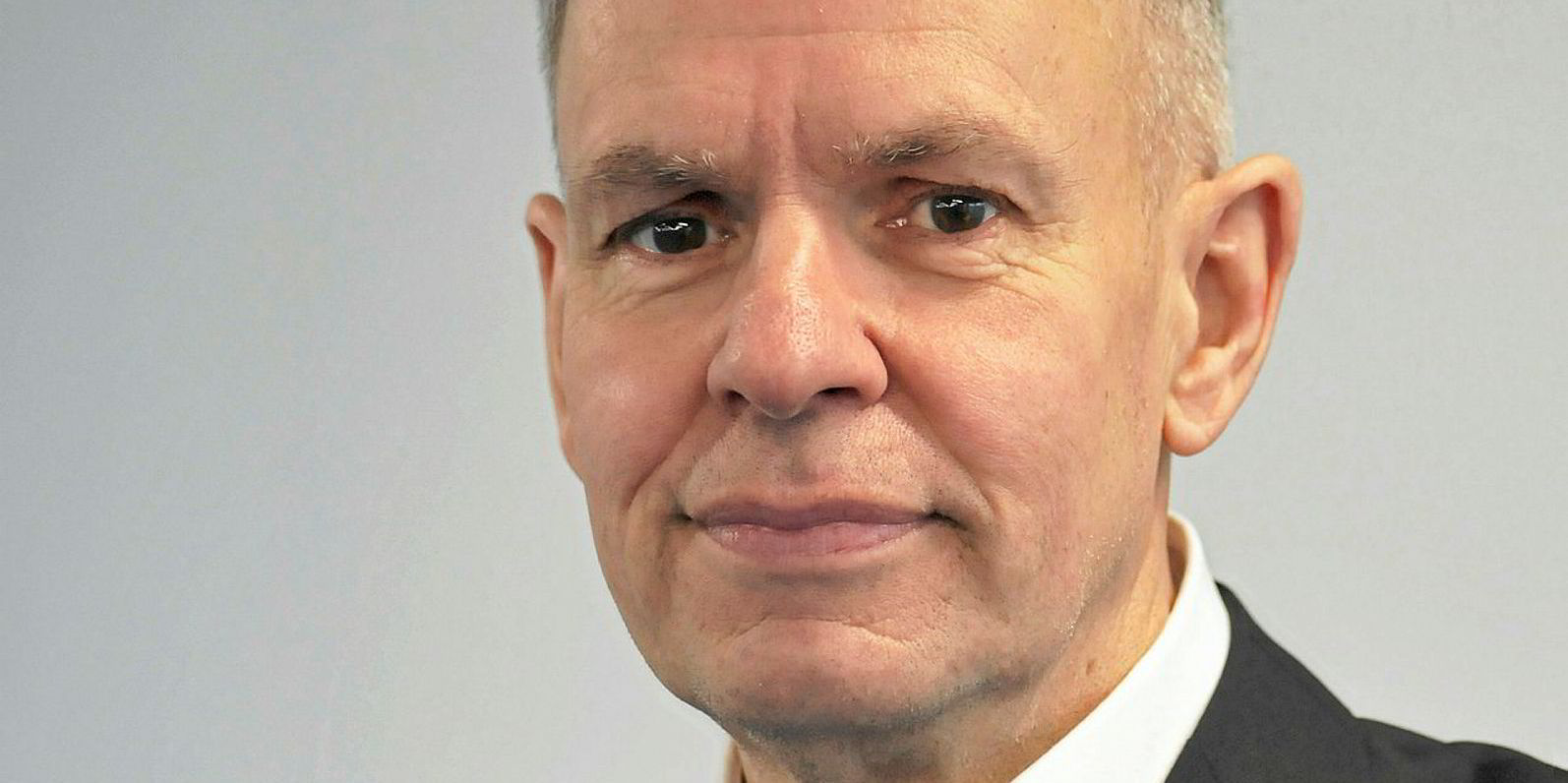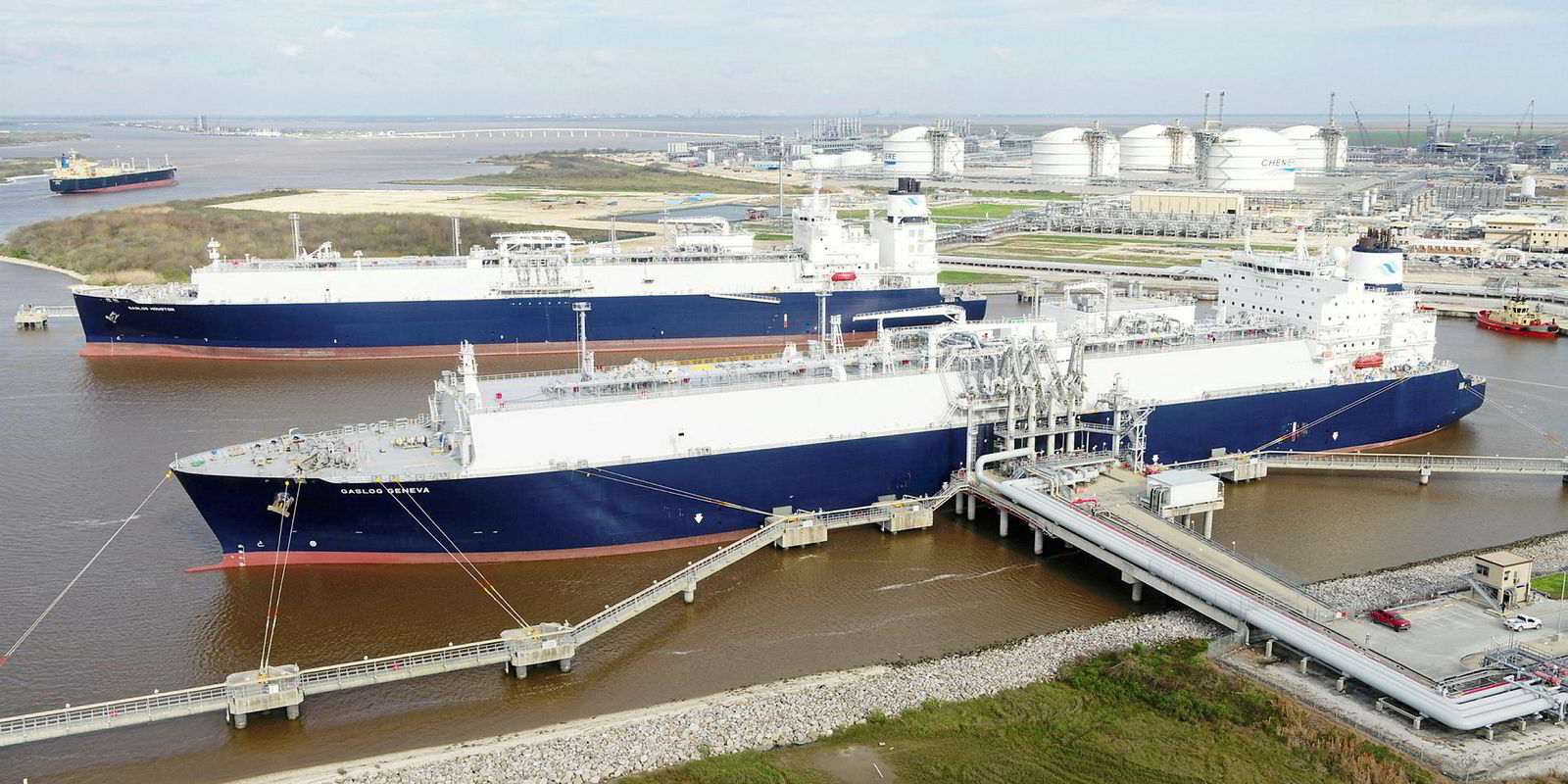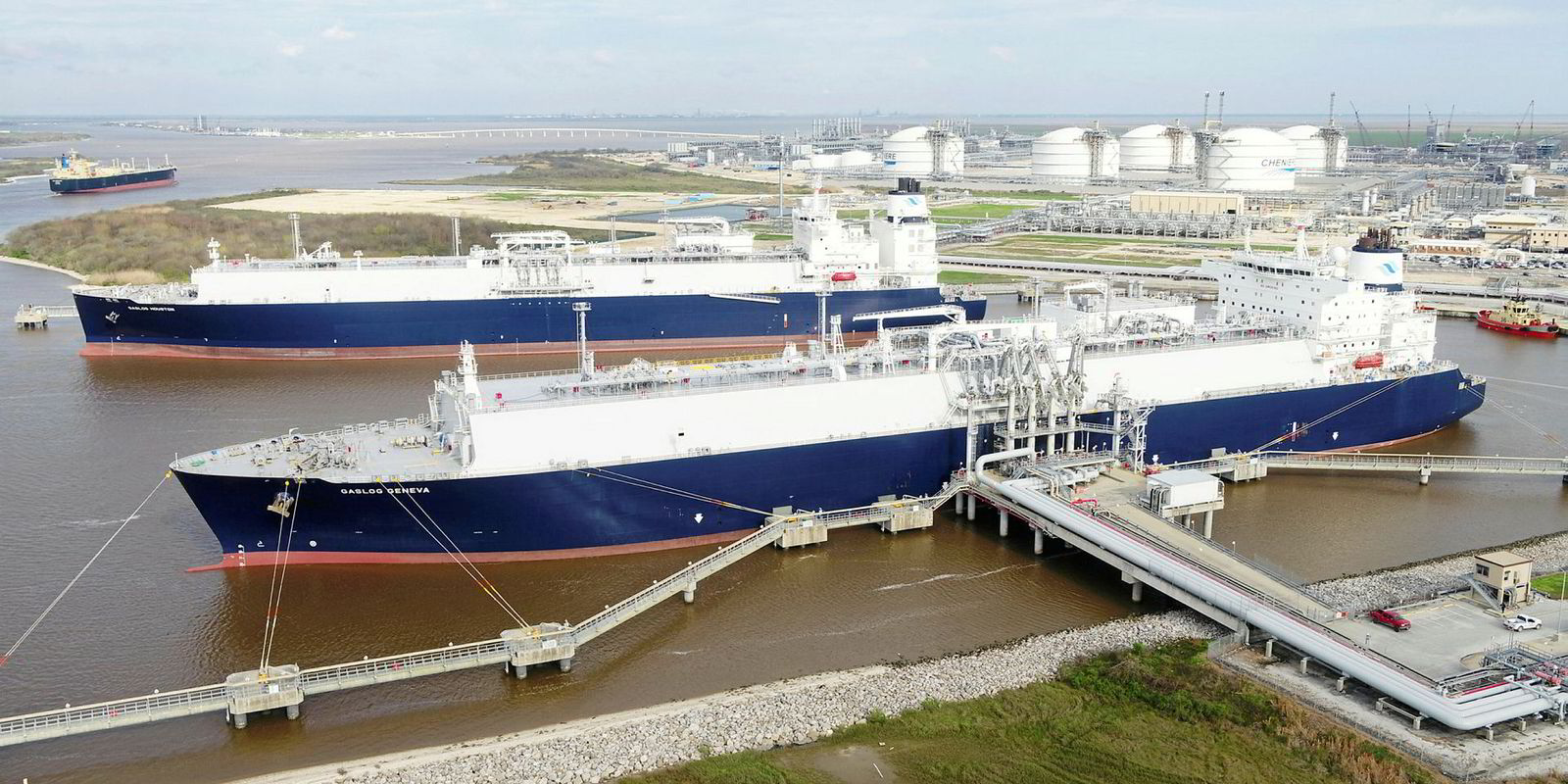Opec grabbed the headlines for oil this week with plans to increase output — but a more interesting story under the radar is the way the international gas market is bubbling along again.
The price of crude dipped a little after the Opec meeting in Vienna last week, but hopes of a major decline in prices look likely to be dashed.
There is a shortage of oil in the system: storage inventories have been run right down and many Opec members, such as Venezuela, have struggled to meet even their own lower production targets.
Analysts at Bank of America predict the Opec decision to produce one million barrels per day more of oil will have little impact. In fact, the bank expects crude prices to rise from its current mid-$70 per barrel level to $90 by this time next year.
This is bad news for the cost of bunkers and potentially unhelpful for tankers hoping a drop in the oil price would increase shipments.
Similarly with gas, after years of new projects being postponed or shelved in line with a collapse in the oil price, there are signs of a comeback.
It is the same in the shipping markets where charter rates in the LNG sector have been pretty dismal in past years due to overcapacity.
Rates soar
But this is changing. Modern tonnage has seen rates soar and we are now close to $100,000 a day for spot charters, as my colleague Lucy Hine reported last week.
This year’s expected near 10% increase in overall global seaborne LNG volumes may not quite be met, but voyages are longer.
The best news comes from China as a buyer and the US as a supplier.

Beijing is determined to switch faster from coal to gas to reduce pollution in its cities and help tackle climate change.
India, too, is talking of increasing gas use from 6% of national energy used to 15%.
Meanwhile, the price of natural gas in the US remains at less than $3 per British Thermal Unit versus $10 in Asia, where a third of the world’s LNG is imported.
And now, after a three-year lull for LNG export plants being given the go-ahead in the US, Cheniere Energy has finally pressed the button on expanding its Corpus Christi plant in Texas.
Golden Pass — a joint ExxonMobil-Qatar Petroleum scheme — is expected to be given the go-ahead in the next six months.
Venture Global LNG is also close to firing the starting pistol on a project in Louisiana, having tied up long-term supply deals with Shell and BP.
These projects — and others — will need much more shipping capacity after 2022.
This has led to Fearnleys warning about a significant shortage of ships in the next four years.
Demand for LNG is certainly booming in China with imports rising by almost 50% last year compared with 2016.
Trade battles
But the growing trade spat between the US and China could yet derail this particular energy train.
So far LNG — unlike oil — has been noticeably kept out of the products on which either Donald Trump or Xi Jinping has slapped tariffs.
Certainly Trump sees higher gas imports from the US to China as the perfect vehicle for reducing the trade imbalance causing the political friction.
There are plenty of other countries with growing LNG export capacity in the Middle East that could help fill any supply shortage, as could Australia.
A debate over whether LNG can replace oil as the new ship bunker fuel and meet the needs of the Paris Climate goals remains unresolved.
Even now, the world’s largest and most innovative floating hull, Prelude, is being prepared for first gas production and export Down Under.
Certainly the big oil majors such as ExxonMobil, Shell and BP are rapidly upping their ratios of gas to oil production.
But Bloomberg New Energy Finance (BNEF) is adamant that gas demand for power production up to 2050 will fall in Europe and remain flat globally.
Gas will be used to meet peaks and troughs of intermittent renewables but not become a bigger fuel for the key electricity production sector of the future, BNEF argues in its 2018 New Energy Outlook.
Equally, a debate over whether LNG can replace oil as the new ship bunker fuel and meet the needs of the Paris Climate goals remains unresolved.
So, we can enjoy the bounceback, but not presume gas has all the answers.






